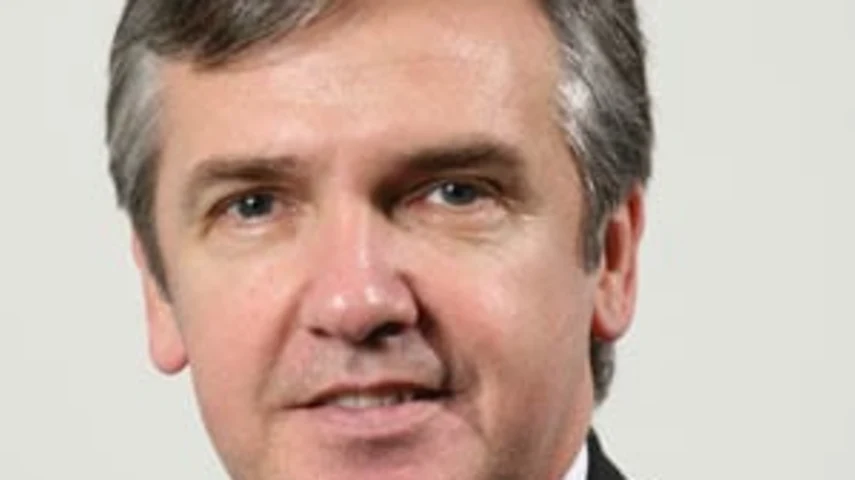Insurance premium disparities cause problems



While the major insurers have moved to staunch the losses within their group insurance businesses by imposing higher premiums on their superannuation fund clients, they are facing continuing difficulties in the retail space on the back of new products being priced at a 20 per cent discount to "in-force" products.
Clearview Wealth Limited managing director Simon Swanson said the latest Australian Prudential Regulation Authority (APRA) data released last month revealed a 26.5 per cent decline in net profit after tax during the quarter compared to the same time last year, reflecting the level of the problems being encountered by insurers.
"That APRA data confirmed why I am so pleased that our business does not have any exposure to pre-Global Financial Crisis income protection policies because we have seen premiums increase by up to 54 per cent for income protection," he said.
Swanson also suggested that the disparity between premiums for "in-force" products and new products was creating its own dynamic in terms of perceptions of "churn" — for which advisers could not be held responsible.
He said clients were coming to advisers complaining about substantial increases in premiums, and were only acting in their clients' best interests when they sought out new products priced with lower premiums.
"The level of churn that is being created is industry self-inflicted and the advisers can't be blamed for what is occurring," Swanson said.
TAL chief executive Jim Minto acknowledged the manner in which the APRA data had served to highlight the problems which had impacted the industry this year, particularly the combined effect of claims and lapses.
However he said that while insurers had been able to address the issue in the group insurance arena via re-pricing and redefining their offers to superannuation fund members, the same had not been possible with respect to individual clients.
"Quite simply, individual and TPD is proving harder to fix," Minto said. "It is hard to put up premiums for individual clients."
The APRA September quarter data pointed to the group risk segment as being most problematic for insurers, with net profit after tax being just $1 million and with individual risk products contributing $152 million while group risk products contributed negative $152 million.
However while the data suggested problems were persisting for insurers, it also revealed solid revenue growth, with total revenue of $46.7 billion compared with the previous year's revenue of $38.8 billion.
It said the September 2013 quarter revenue was $15.4 billion compared with the June 2013 quarter revenue of $7.7 billion and the September 2012 quarter revenue of $13.8 billion.
Recommended for you
The Federal Court has dismissed a conflicted remuneration case brought by ASIC against the director of life insurance distributor Freedom Group, where Bali holidays and Vespa purchases were among sales incentives.
Policy and advocacy specialist Benjamin Marshan has left the Council of Australian Life Insurers after less than a year, having joined in March from the Financial Planning Association of Australia.
The declining volume of risk advisers meant KPMG has found a rising lapse rate for insurance policies arranged by independent financial advisers, particularly in the TPD and death cover space.
The Life Insurance Code of Practice has transferred from the Financial Services Council to the Council of Australian Life Insurers.










